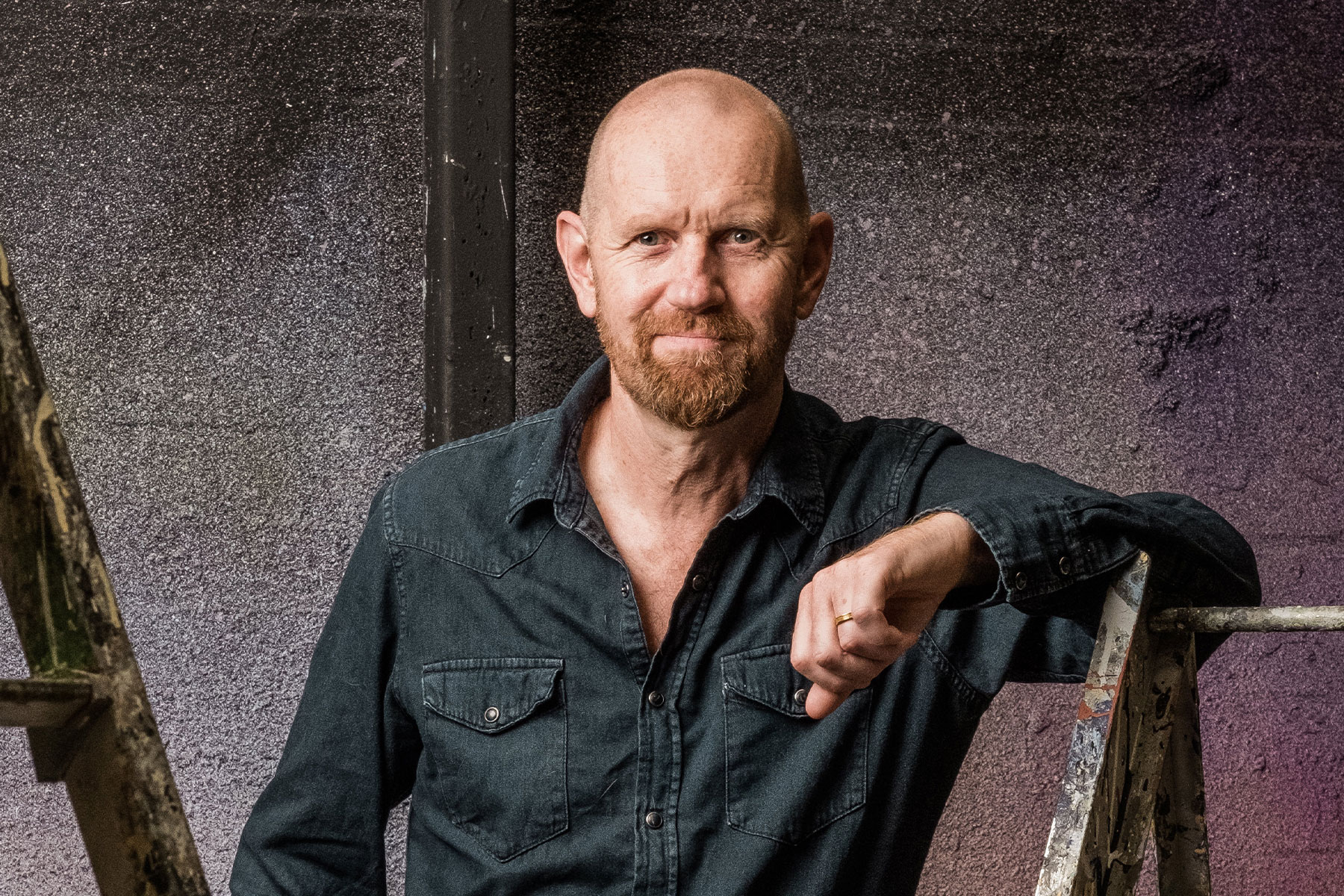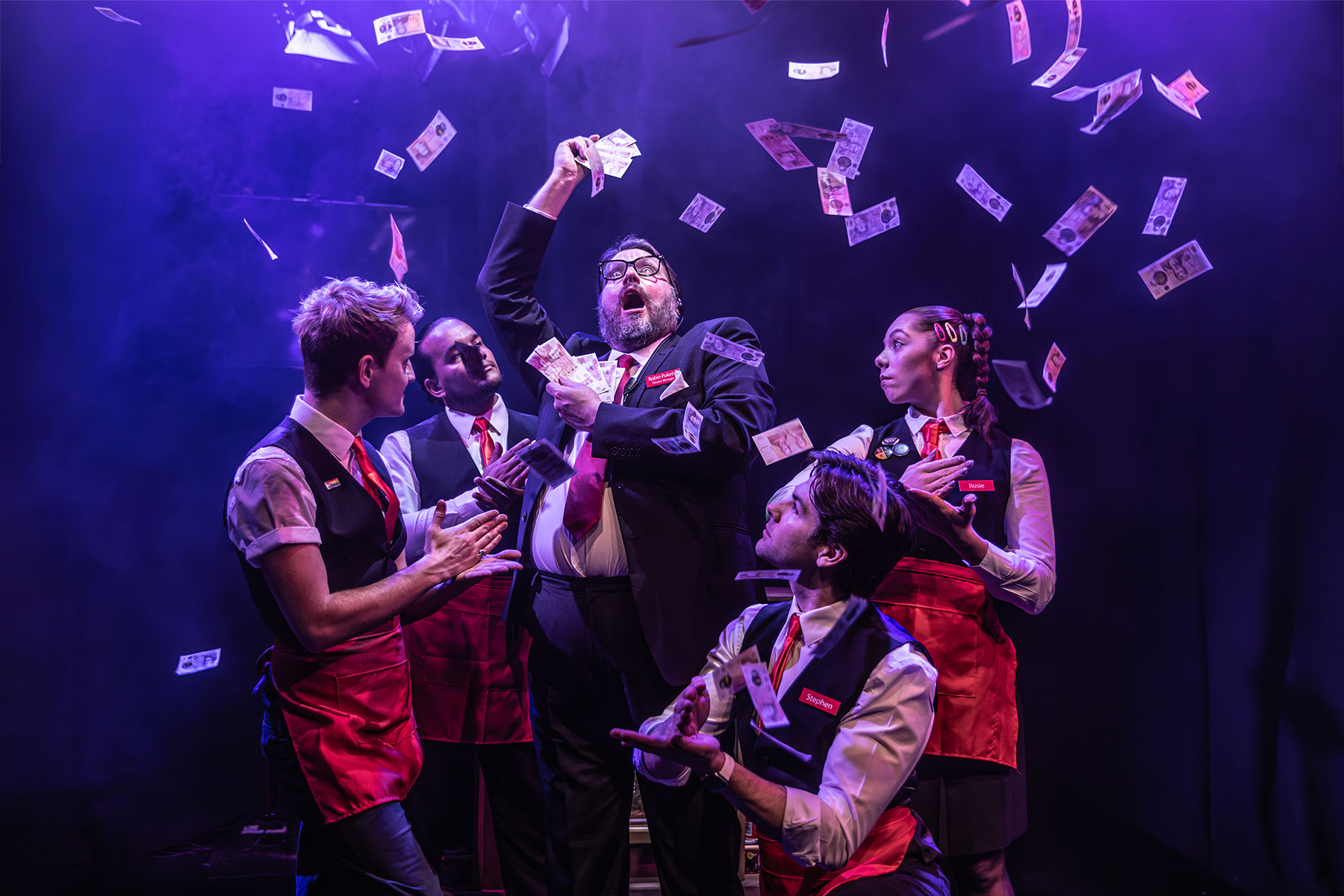Matt Trueman: Choosing what to review is a critical decision

© Takahiro Watanbe
Last Tuesday, for instance, I was at the Tricycle theatre to review Multitudes, John Hollingworth's first full-length play, but I could have easily ended up elsewhere, at one of that evening's four other press nights: Beautiful in the West End, Antigone at Stratford East, The Red Chair in Soho or Romeo and Juliet at the Tobacco Factory in Bristol. This week is even busier: no less than nine shows get underway on Wednesday.
Michael Coveney and I have just worked out our review schedules for March and it's worth dwelling on that process momentarily. At the risk of sounding like a broken record: what a critic chooses to cover is a critical act in its own right. With so many shows vying for a review, a critic has to decide where to go and what to see and, since we can't see everything, criticism starts with the simple act of showing up.
That's particularly true of theatre criticism. Film critics can cram their weeks with back-to-back screenings, should they so wish. Our schedules are dictated by performance times. Festivals excepted, it's pretty much impossible to see more than nine shows a week, and even that's pushing it far, far too far. Even five feels full. Often there'll be 20 opening – sometimes more – and that's not including week-long runs and one-off performances.
That has big implications – and not just for the fate of individual shows, all relying on the publicity of reviews for a sales boost. Our decisions determine what shows you get to read about on this site and collectively, applied across the entire media landscape, make up a picture of this country's contemporary theatre.
There can be many reasons for choosing one show over another. Traditionally, since criticism sits in newspapers, it's governed by newsworthiness – or, more explicitly, the news agenda. There are many factors behind that, be it a star actor, a subject of note or sheer scale. It could be down to a theatre's reputation or an artist's or a play's. It could just be an intriguing one-off, something that caught a critic's eye. Selling papers or driving web traffic plays a part – but, though critics ignore such things at their peril, that way of thinking ultimately disappears up Kim Kardashian's internet-breaking backside.
'Certain types of theatre… get more coverage than others'
There's a problem with newsworthiness, though. It establishes a kind of cultural hierarchy. Every outlet around will clamour to review Benedict Cumberbatch's Hamlet come August. Fewer will turn up for Yukio Ninagawa's a few months beforehand in the same theatre. Fewer still will see the Cockpit's current cross-gender production.
That thinking tends towards hegemony. It privileges London. It privileges big institutions. It privileges star names and established artists. It means that certain types of theatre – plays with people pretending to be other people, multi-million pound musicals – get more coverage than others. It favours Shakespeare over his contemporaries. New writing over devised work. Men over women. Middle-class work over working-class work. White artists over BAME. Straight over queer. Old over young. Convention over radicalism. Old, familiar ideas over new innovative ones.
Don't forget that criticism is part of theatre, not entirely separate from it. There's a feedback loop at play; a vicious circle. Reviews affect sales, sales affect programming, programming affects reviews. Put it this way: Newspapers prioritise topicality. Topical plays get more coverage. Coverage sells tickets. Topical plays succeed. Theatres programme more topical plays. Newspapers increase their coverage. And so the world turns. Topicality gradually becomes the default mode and so theatre as a whole spins itself into hegemony. Other types of work lose out. They fall down the pecking order.
Part of my job, as I see it, is about disrupting those hegemonies and old hierarchies. Critics should, I think, represent the spectrum of theatre being made as fully as possible. That means deliberately ignoring some of the 'biggest' shows to highlight something else instead. It means stepping in and out of one's personal tastes when choosing what to see (though not when reviewing it). It means actively aiming for variety and diversity.
(That, incidentally, is an argument for professional critics. Without pay, a free ticket becomes the only fee and critics tend towards work they expect to enjoy, until everything gets positive reviews.)
Criticism is, at some level, a team sport. It's at its worst when a group of old, white, well-spoken men chase each other around the West End – but it's little better when young, white, well-spoken bloggers converge on the Fringe. We need a variety of voices seeing a range of work by all sorts of artists around the whole country.
When it comes to choosing what to review for WhatsOnStage each month, all of this feeds in. Michael and I can't be everywhere, but we try to get as far and wide as budgets and balance allow. Sometimes we'll pick the newsworthy show; sometimes a show we believe in; sometimes something that deserves more attention than it will get elsewhere. Just remember: that choice is a choice. Criticism starts with showing up.










